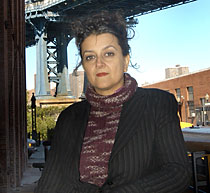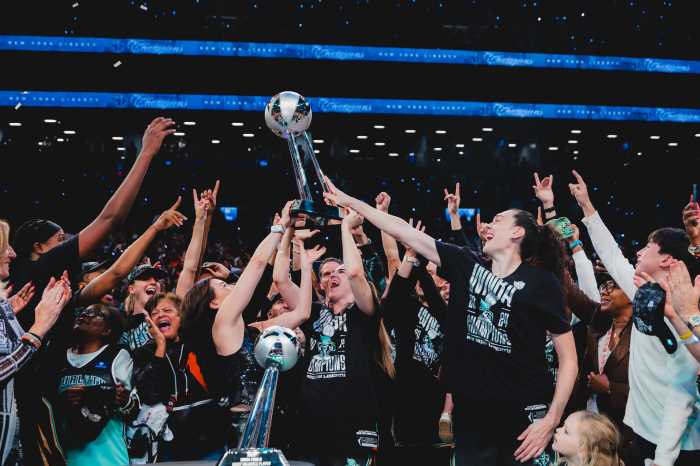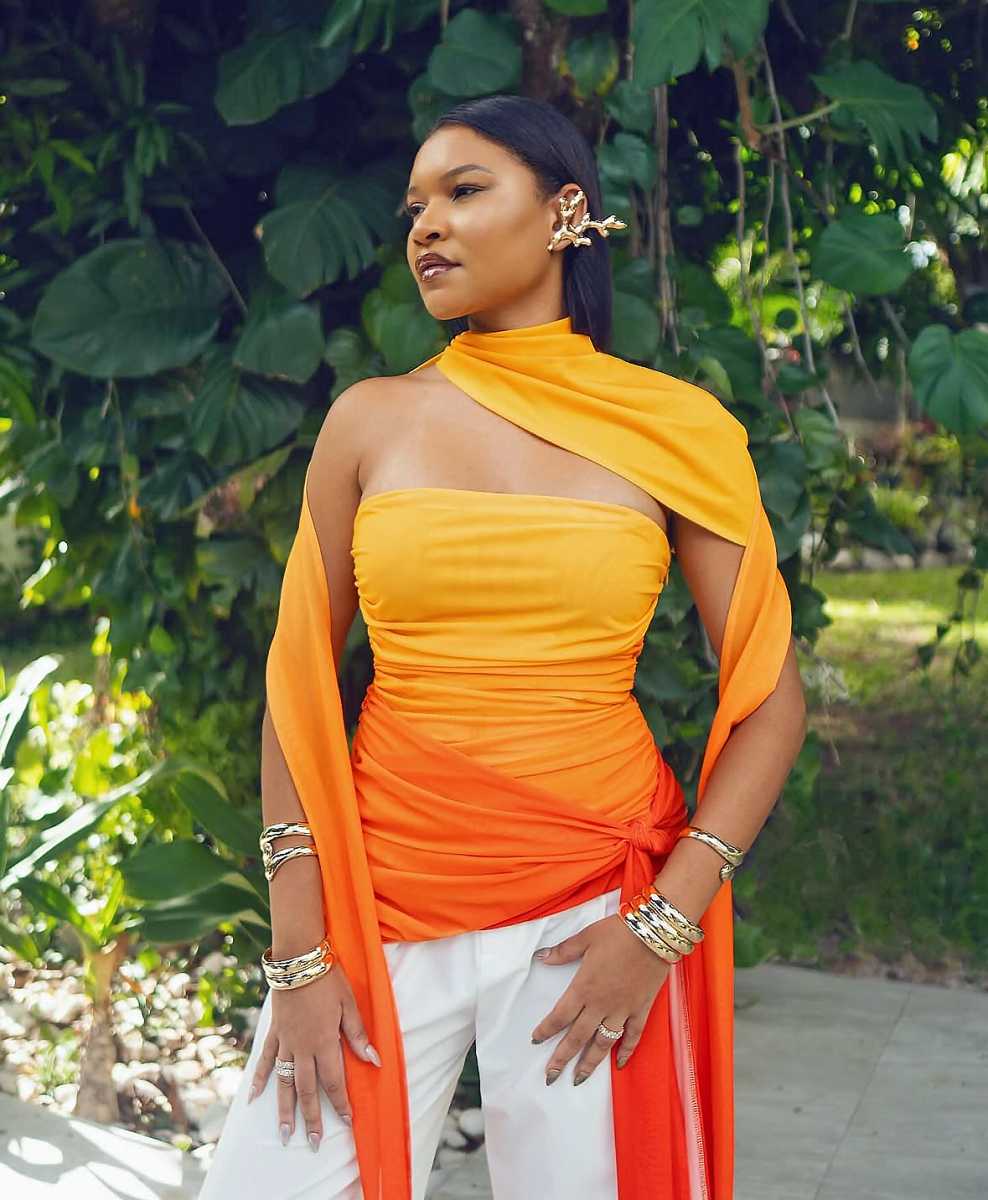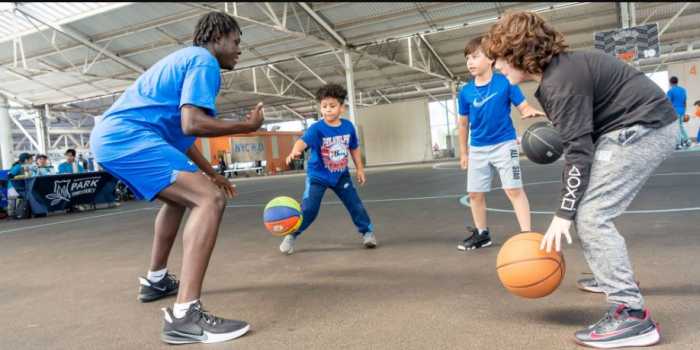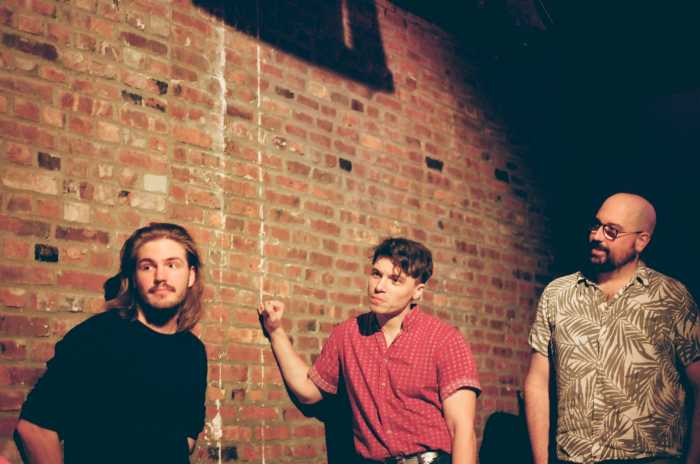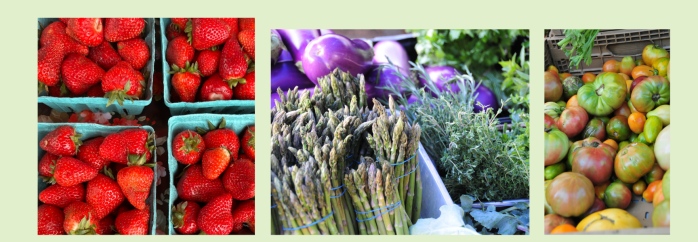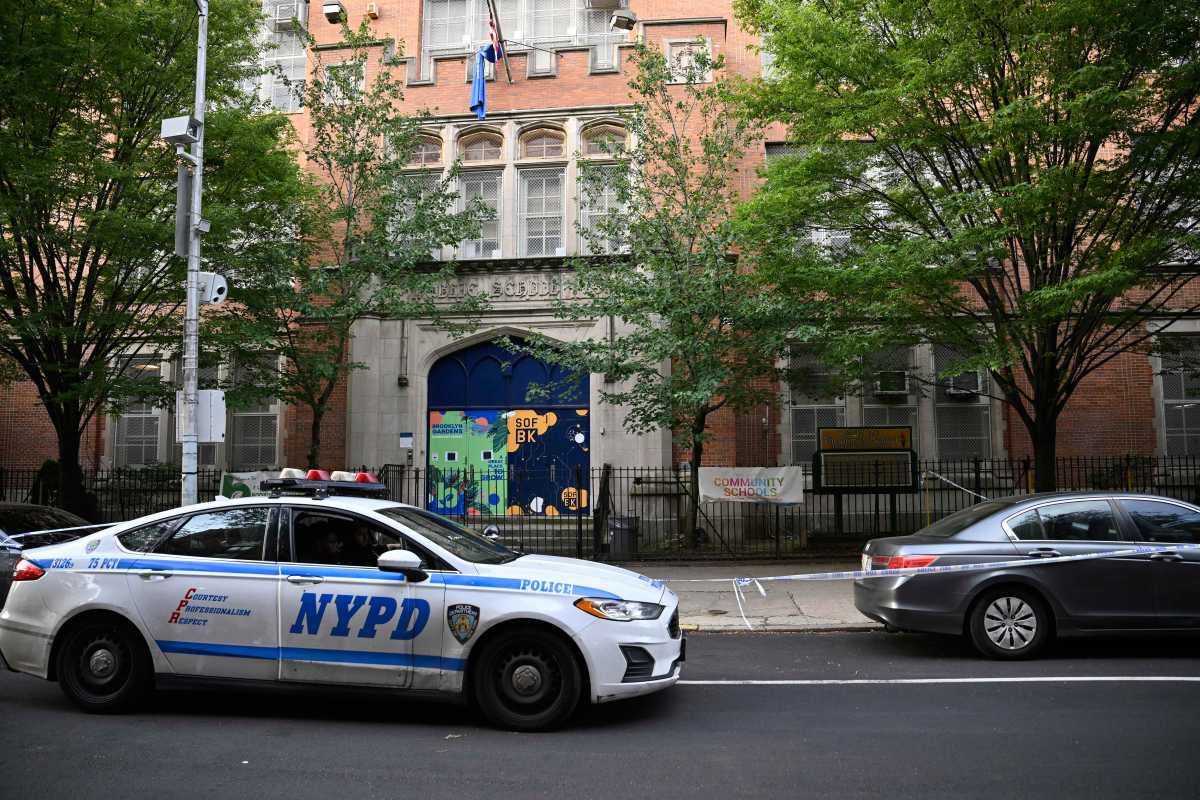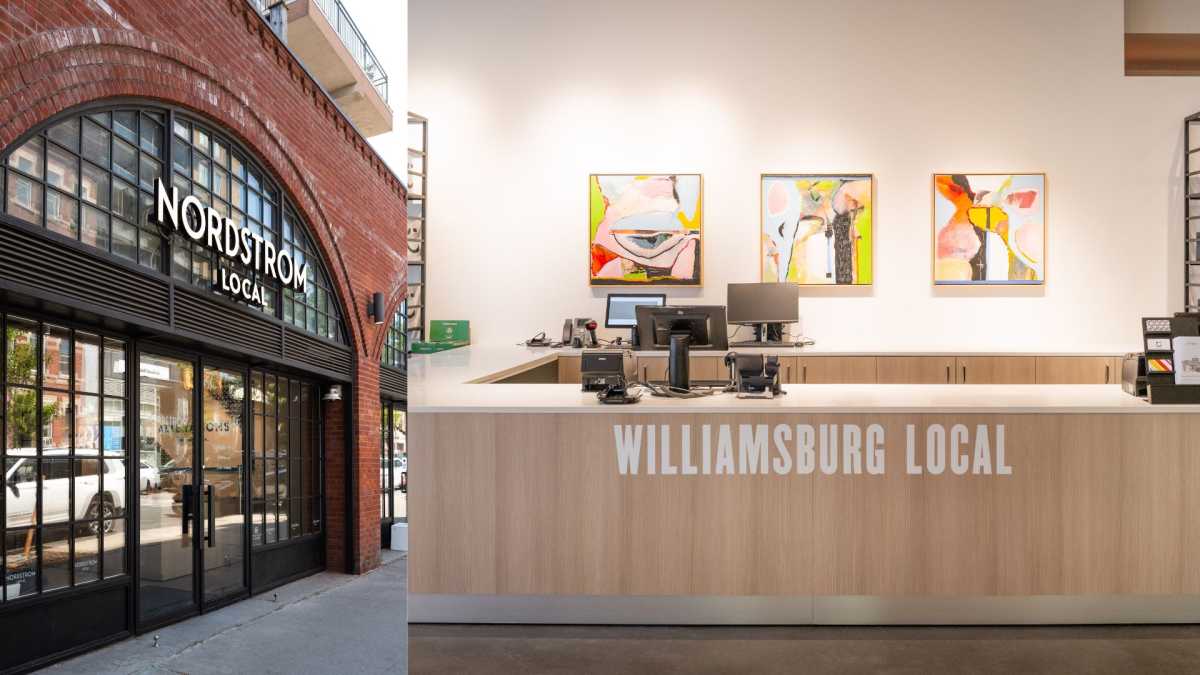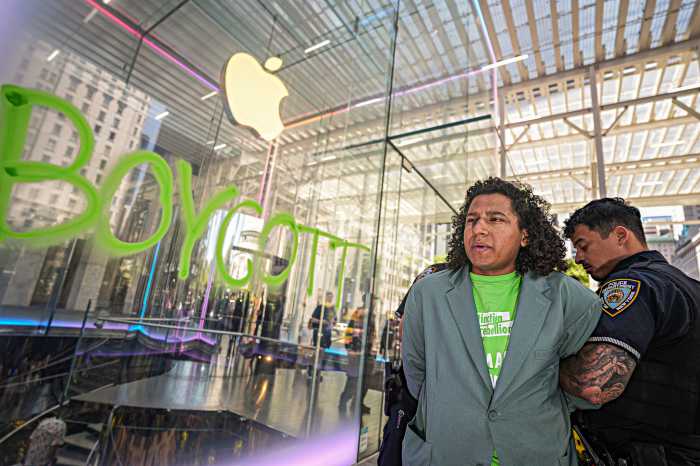When Joy Glidden organized the first DUMBO
Art Under the Bridge festival in 1996, she aimed to bring attention
to the sorely neglected neighborhood and reposition it as a sort
of New York City-style Left Bank. Eight years later, DUMBO rivals
the art scene in SoHo and Chelsea, and the three-day festival,
beginning Oct. 15, is one of the largest and most important cultural
events anywhere.
"The first year it had a sort of guerrilla-ish excitement,"
says Glidden, founding director of the DUMBO Arts Center (DAC),
which organizes the festival. "We had around 200 artists
participating then."
Now the number has ballooned to more than 1,500, with art installations,
open studios and musical and theatrical performances incorporated
into the festival, which covers 30 blocks of DUMBO and neighboring
Vinegar Hill. Local galleries, businesses and artists’ organizations
all join in.
Highlights of the weekend include the "Parade of Concepts,"
a street procession with Frank Didik’s electric cars and the
one-man audio parade of Jeff Karolski. Slide, film and video
projections grace various streets and buildings, and short films
and videos by New York City artists screen Saturday and Sunday
afternoon and evening.
All of the arts, from dance to painting, are represented, and
events take place throughout the hidden nooks and crannies of
DUMBO, from the last few abandoned buildings to the newly revamped
Empire-Fulton Ferry State Park. At the York Street F train subway
stop, catch Lee Joong-Keun’s vinyl installation, part of the
"Korean Art Now" exhibition. At the Tobacco Warehouse
in the park, Matching Recordings hosts bands including Nervous
Caberet, Burnside Project, Bronx Monx and Mink Lungs. And at
White Wave Performance and Rehearsal Space, at 25 Jay St. at
John Street, more than 80 dance companies will showcase their
choreography.
Since the DUMBO waterfront parks have been revitalized, DAC welcomed
a number of water-themed works to this year’s festival, including
Murat Musulluoglu’s mosaic installation, "Welcome,"
using 20,000 tiny cups of colored water, and Ilan Sandler and
Ron Mirieu’s "Ear to the Sky," a floating ear that
channels river sounds toward the shore.
Those who are more academically inclined might try the artists’
talk with Martha Rossler and Carolee Schneeman, two veterans
of the feminist art movement.
For DUMBO artists, the festival offers the chance for the public,
as well as art world professionals, to peer into their private
workspaces.
"Everybody who has a studio down here has the opportunity
of having curators, collectors, dealers and critics come by,"
says Glidden. "It’s a golden opportunity if you’re unrepresented."
A painter herself, Glidden joined an early wave of artists relocating
to DUMBO in 1990, although the success of the festival has put
a dent in her own art-making; she estimates that 90 percent of
her time goes toward administrative tasks. But that doesn’t change
her mission: to continue remaking DUMBO as an artists’ haven.
"It was basically an abandoned, desolate area back then,"
she says. "The artists would run from their studios to the
subway." The lack of city amenities like street cleaning
and garbage pickup, coupled with the many abandoned factories,
once made DUMBO a forbidding place, albeit one that Glidden loved.
"I felt like I was discovering the most incredible little
well-kept secret in the world," she said. The festival was
designed to foment dialogue among artists, who can tend toward
isolation, and bring attention to their work.
"It really had community interests at heart," says
Glidden. "We wanted to take the power out of the few gallery
hands and bring it back to the artists, to hold open studios
so they could become free agents."
Now, the neighborhood might be almost too well known. Skyscraper
wars are raging as groups like the Jehovah’s Witnesses and the
veteran DUMBO developers Two Trees Management attempt to raise
buildings as high as 20-stories in the area. But Glidden says
the potential development doesn’t hinder the artists or the festival.
In 1997, Two Trees’ father-and-son development team of David
and Jed Walentas donated space to DAC, and have continued to
be one of the festival’s biggest supporters. They offer aid in
the form of sanitation, donated space and cleanup crews.
"This festival just would not happen without them,"
says Glidden. "Their support is massive."
Just like the neighborhood, the festival has changed. It’s gotten
bigger and better, and Glidden says what started as a guerilla-style
taking-of-the-streets has become a legitimate and unparalleled
art world happening.
"I really think that the DUMBO Art Under the Bridge Festival
is completely unique," she says. "There’s nothing else
like it."
The DUMBO Art Under the Bridge Festival
runs Oct. 15-17. Some events are free, and others require admission.
A $25 General Weekend Pass buys entry to all events at Soundbox
(37 Main St. between Front and Water streets) and unlimited weekend
film festival attendance (45 Main St. between Front and Water
streets, ninth floor). Tickets, schedules and maps are available
at DAC, 30 Washington St. between Water and Plymouth streets
in DUMBO. For more information, call (718) 694-0831 or visit
www.dumboartscenter.org.


